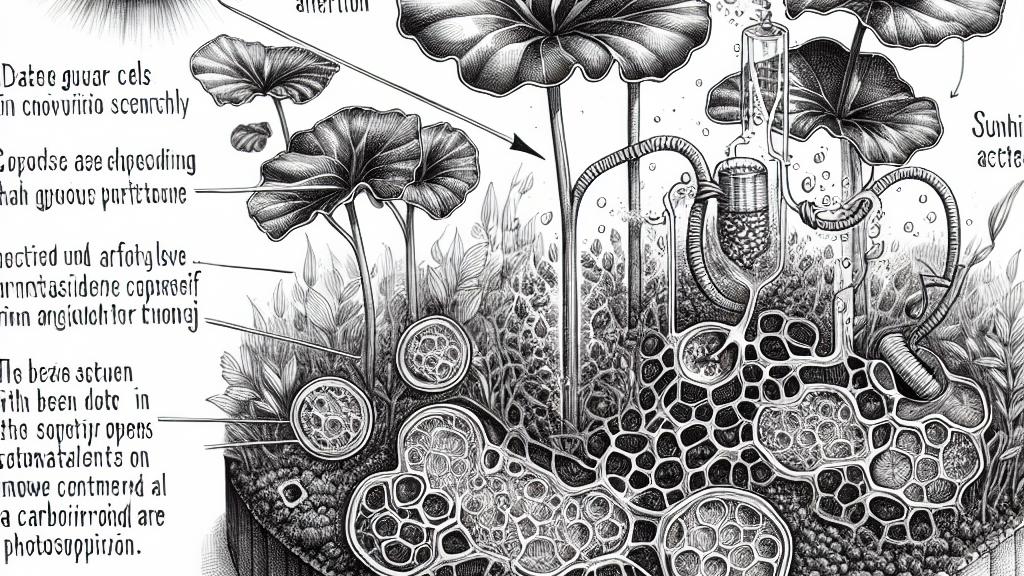Counting Environmental Stimuli: How Plant Guard Cells Adapt Water Consumption
Overview
- Guard cells are vital for managing water loss in plants by controlling stomatal openings.
- Recent discoveries show these cells can count calcium signals, allowing for accurate responses to environmental challenges.
- This unique counting ability enhances plants' capacity to optimize water use, making them more resilient in varying climates.

Setting the Stage: Groundbreaking Research in Bavaria
At Julius-Maximilians-Universität Würzburg in Bavaria, Germany, researchers have embarked on an exciting journey into the world of plant physiology. Here, the spotlight shines on guard cells—tiny but powerful structures that regulate the stomatal openings on leaves. These cells perform a delicate balancing act; they must decide when to open the stomata to allow carbon dioxide in for photosynthesis and when to close them to prevent excessive water loss. For instance, consider a sunny afternoon—guard cells readily open stomata to grab the carbon dioxide needed for sugar production. However, when clouds gather, or the soil starts to dry up, they swiftly respond by closing the stomata, conserving every drop of water. This dynamic response is crucial for maintaining plant health and supporting life on Earth.
The Astonishing Mechanism: Guard Cells Counting Signals
The research team employed a fascinating technique called optogenetics to probe how guard cells interpret environmental cues. By using controlled light pulses, they induced calcium transients—sharp increases in calcium concentration within the cells. What astonished scientists was the revelation that, regardless of the duration of the light pulse—whether it was a brief 0.1 seconds or a longer 10 seconds—the guard cells produced remarkably consistent calcium responses. This finding led to a groundbreaking discovery: guard cells can actually count recurring calcium signals, responding dramatically after as few as six distinct stimuli. This remarkable counting capability allows the cells to efficiently adjust the size of stomatal openings, helping plants intelligently manage water loss in real-time based on changing environmental conditions, from bright sunshine to wind-driven dryness.
Significant Implications: Enhancing Plant Resilience for the Future
Understanding the ability of guard cells to count calcium signals has transformative implications for agriculture and ecology. Imagine how vital this skill becomes during prolonged droughts—guard cells must effectively tighten their grip on stomatal openings to minimize water loss while still photosynthesizing. Conversely, when rainfall returns, they can promptly open, maximizing the absorption of carbon dioxide. This adaptability exemplifies the intricate relationship between plants and their environments. As researchers delve deeper into the complexities of calcium signaling in guard cells, we may unlock strategies for enhancing crop resilience, especially in drought-prone areas. Such innovations could revolutionize the way we approach sustainable agriculture, ultimately contributing to food security. The significance of these small cells far exceeds their size; they are crucial guardians of our planet's water efficiency and ecological balance.

Loading...